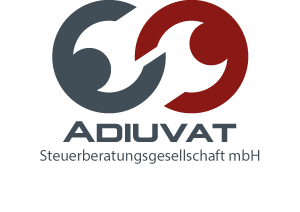“Tax reduction for household-related services and craftsmen’s services”.
A tax reduction in the form of a deduction from income tax may be claimed for expenses incurred in connection with maintenance, renovation, repair and modernization work in a private household located in the EU/EEA area or the upkeep of the associated property (see Section 35a (2) and (3) EStG).
According to § 35a para. 4 EStG, the tax reduction is limited to services provided in the household. The “household” may also include several spatially separate places (e.g. second, weekend or vacation homes). Services performed outside the boundaries of the property (e.g. winter maintenance or expenses for house connections) may also be eligible if the work is performed on adjacent public land, for example.
However, the term “in the household” is not to be equated with actual occupancy in every case. Thus, when moving to another apartment, not only the moving services and labor costs related to the “new” apartment, but also, for example, the renovation work on the previous apartment can be taken into account.
The tax reduction can be claimed not only by (co-)owners of an apartment, but also by tenants. This is subject to the condition that the housekeeping fees paid or the ancillary costs paid include amounts that have been invoiced for services close to the home and craftsmen’s activities that are eligible for preferential treatment.
The share of the expenses attributable to the tenant must be shown in an annual statement or evidenced by a certificate (from the landlord or manager).
Handicraft activities in the context of a new construction projectare not eligible; this includes work that is incurred in connection with the construction of a household until its completion.
This means that, for example, labor costs for a subsequent attic conversion (also in the case of a usable/living space extension), for the subsequent construction of a carport, a prefabricated garage, a conservatory or a terrace roof, for a subsequent new garden and for outdoor facilities such as paths, fencing, etc. are generally eligible for tax relief under Section 35a (3) of the German Income Tax Act.
The prerequisite for the tax reduction is, among other things, that a corresponding invoice is available and the payment has been made non-cash (to the service provider’s account); this also applies to payments on account.
For the consideration of the tax reduction in the respective calendar year, it basically depends on the time of payment.
It should be noted in this context that any “credit surplus” is lost, i.e., the tax reduction cannot lead to a “negative” income tax; a credit for the excess amount cannot be made up in the following year either.
